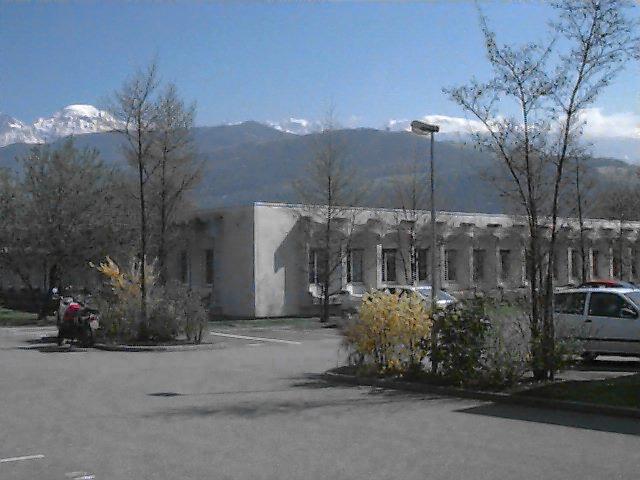
Dionyssis Simopoulos was born in Ioannina, Greece, but he grew up in Patra.
He studied Political Communication and Astrophysics at the Departments of Government and Speech, Physics and Astronomy at the Louisiana State University in Baton Rouge, Louisiana. During that period he received several awards and honours in various public speaking and debating competitions.
He started working in January 1968 as an Associate Curator, Assistant Director of Education and Planetarium Directorate at the Louisianna Arts and Science Centre in Baton Rouge as well as a Special Advisor to the Science Committee of the School Board (1970-1973).
He has attended many conferences and seminars and has published hundreds of articles in Greek and international magazines and newspapers. He was the President of the European Association for Astronomy Education and a member of the Executive Council of the International Planetarium Society. He was also the Secretary General of the European-Mediterranean Planetarium Association. Furthermore, he is a Fellow of the Royal Astronomical Society and the International Planetarium Society, and a member of many other international scientific organizations.
In 1996 he received the highest honour of the International Planetarium Society for his contribution to the international stronomy education.
In 2006 he was honoured with the Palmes Academiques of the French Republic.
He has written more than 500 scripts and two sets of scripts for special video lessons on astronomy and space science for the Hellenic Ministry of Education, as well as a series of four cd-roms on astronomy. Finally, he has delivered hundreds of lectures on science and Astrophysics all over Greece.

The dome of the Eugenides Planetarium in Athens
Since October 1972 works as a Director of the Eugenides Planetarium in Athens.
George Ritsikalis, Grade 2, Level 2, 2nd Junior High School of Athens






















